MotoGP | Brembo, the Argentine GP from a brake point of view
All the curiosities about Termas braking

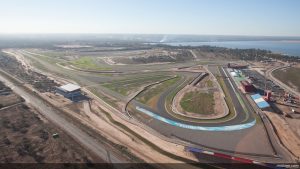
After a slow start to the season, MotoGP flies to South America for the Argentina GP which will take place from 7 to 9 April at the Autódromo de Termas de Rio Hondo. Located in the province of Santiago del Estero in northern Argentina, the circuit was designed by Italian Jarno Zaffelli. And the brakes chosen by all the teams and riders of the premier class are also Italian, naturally Brembo.
Every year the Autódromo de Termas de Rio Hondo hosts dozens of competitions for the cars and so when the MotoGP bikes land in Argentina they find themselves faced with a very dirty track: in the first free practice session of 2016 there was a large quantity of sand on the asphalt it produced lap times in the order of 1'43''-1'44'', a value lowered by over 3 seconds in just under 24 hours and by a further second in Q2. According to Brembo technicians, the Autódromo de Termas de Rio Hondo falls into the category of circuits that are moderately demanding on the brakes. On a scale of 1 to 5 it earned a difficulty index of 3, identical to those obtained by 8 other tracks, including Losail which hosted the opening race of the season.
The engagement of the brakes during the GP
The 14 corners of the track correspond to 8 braking points, of which 3 in T4 which, despite these slowdowns, is the fastest split time of the four into which the track is divided. Only Phillip Island with 6 braking stops per lap and Spielberg and Sachsenring with 7 have fewer braking stops than Termas de Rio Hondo. Each lap the riders use the brakes for around 30 seconds, a value equaled by Barcelona and Misano. The total for the entire Argentina GP is 12 and a half minutes, equal to 30 percent of the overall race duration.
The average per lap of maximum decelerations is 1,11 g but this value would be higher without the touch of the brakes at turn 11 (from 194 km/h to 160 km/h) which lowers the average with 0,6 g. Adding all the forces exerted by a rider on the Brembo brake lever from the start to the checkered flag, the value is close to 9 quintals: only at Phillip Island is the physical effort required of the riders less.
But in any case the effort of the Argentine GP for the MotoGP riders, dealing with Brembo carbon discs with a diameter of 320mm or 340mm, is higher than that generally required of the Superbike riders (steel discs): 6 quintals at Round1 in Australia, 7,7, 2 quintals in Round 8,2 in Thailand and 3 quintals in Round XNUMX in Aragon.
The most demanding braking
Of the 8 braking sections at the Autódromo de Termas de Rio Hondo only one is considered highly demanding on the brakes while 4 are of medium difficulty and 3 are light. Turn 5 is the most difficult to tackle because it is preceded by a 1.076 meter straight which allows the MotoGP bikes to reach 324 km/h: the hairpin forces the riders to go down to 78 km/h using the brakes for 6,1 seconds with a load on the Brembo brake master cylinder lever of 6,3 kg. At that instant the pressure of the Brembo HTC 64T brake fluid reaches 10,9 bar, i.e. two and a half times the pressure of a can of Coca Cola. During braking the bikes travel 316 metres, i.e. more than 5 times the distance covered by dribbling by Diego Maradona at the 1986 World Cup to score the Goal of the Century.
Among the medium difficulty curves, the first one after the finish line deserves a mention for its 240 meters of braking distance: the MotoGP bikes brake from 271 km/h to 106 km/h but the deceleration is only 1,2 g, compared to the 1,5 .5 g of curve XNUMX.
On the other hand, 1,2 g is a much higher value than the 0,9 g obtained under braking by many road supercars.
if you want to always be updated on our news
Follow us here
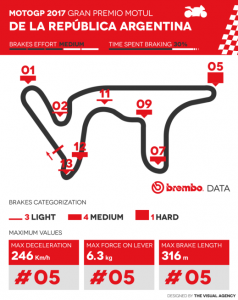
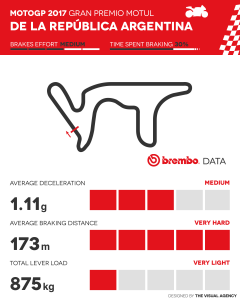
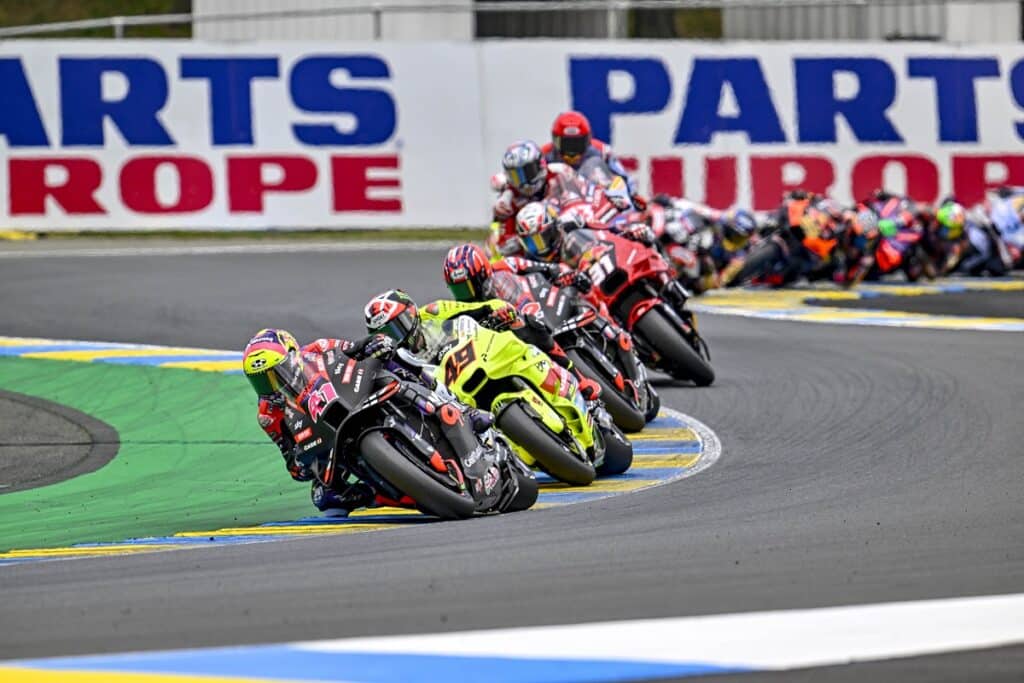
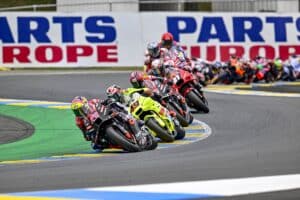
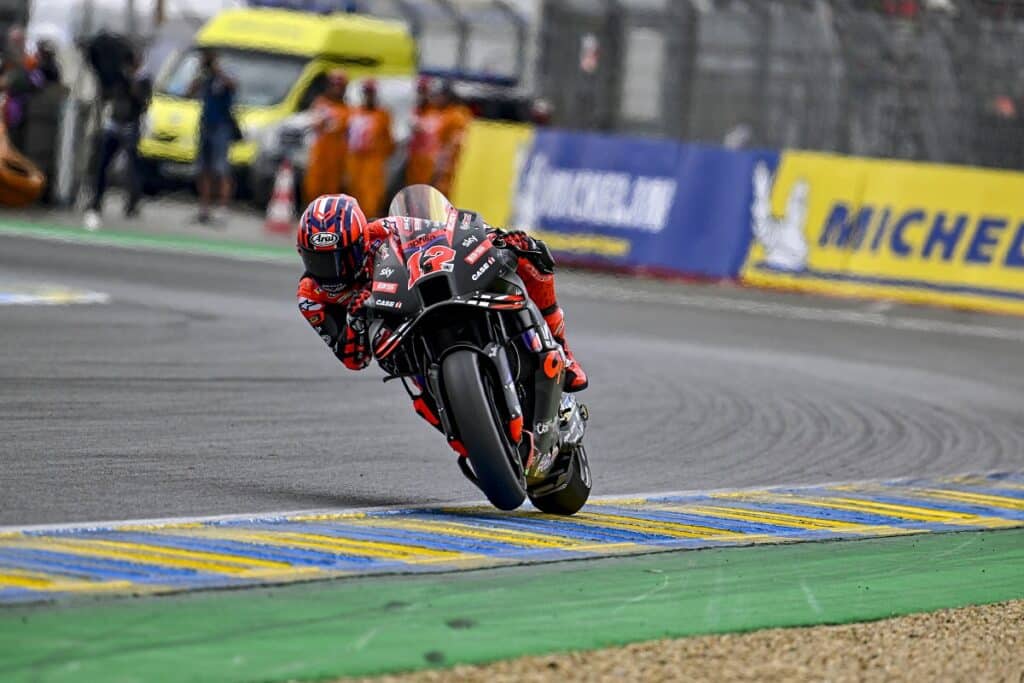
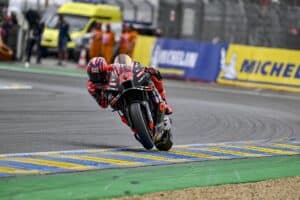
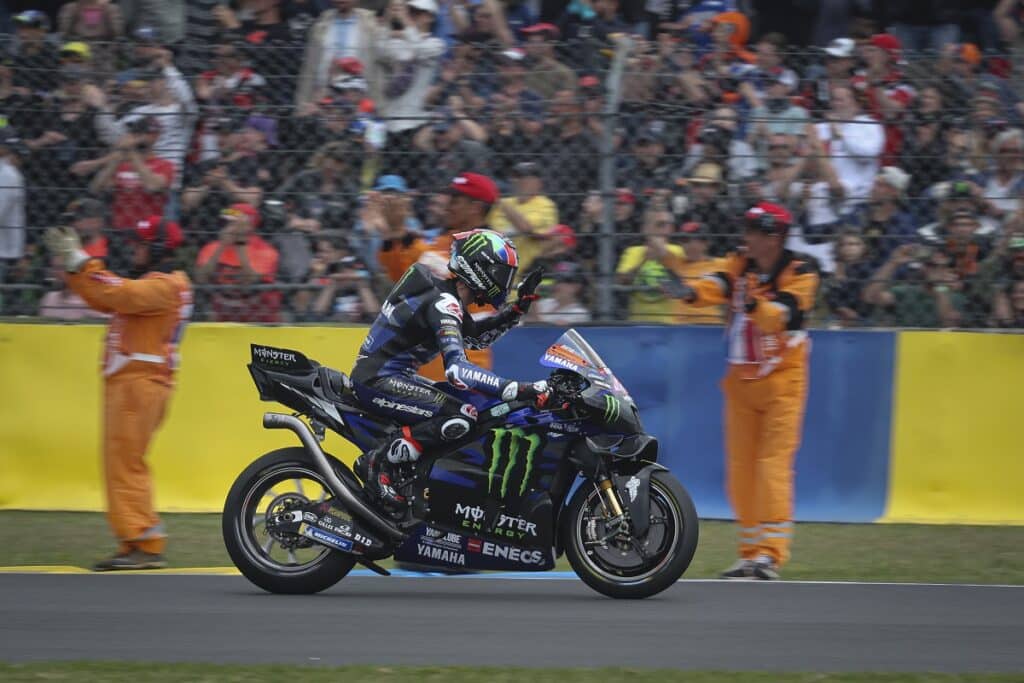
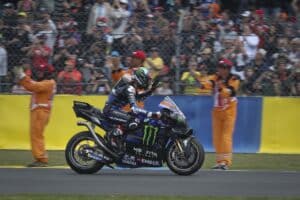
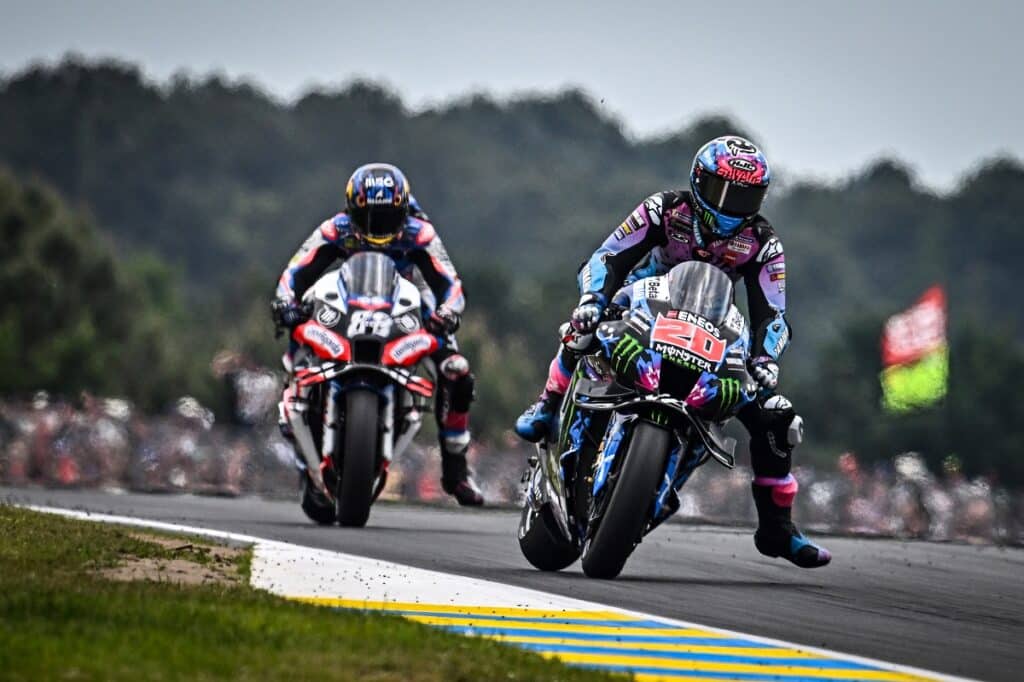
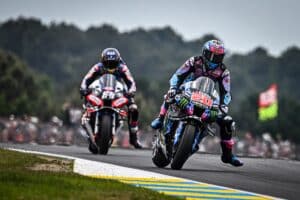
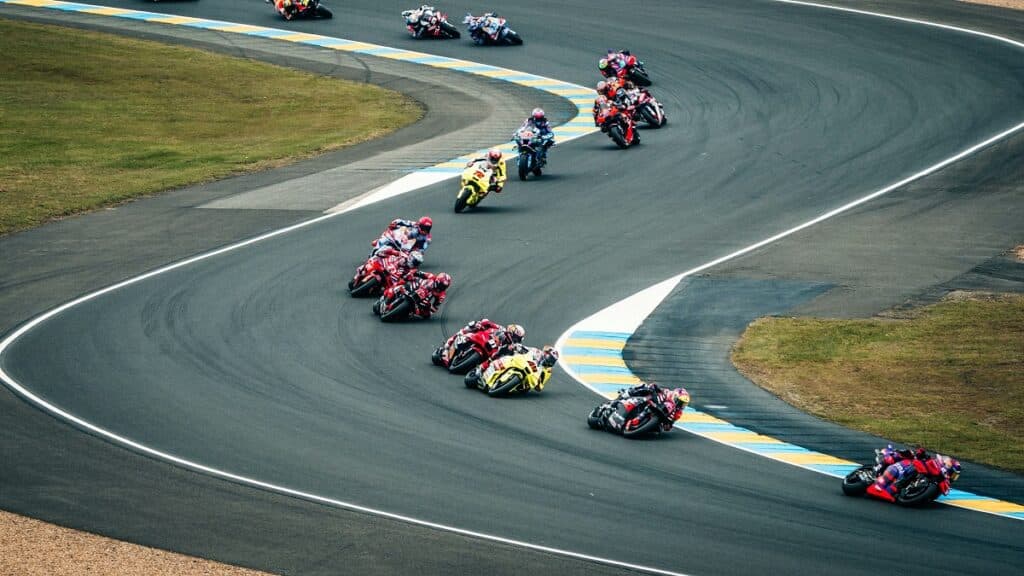
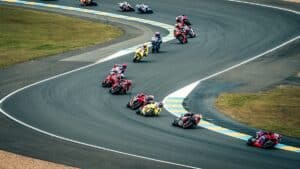
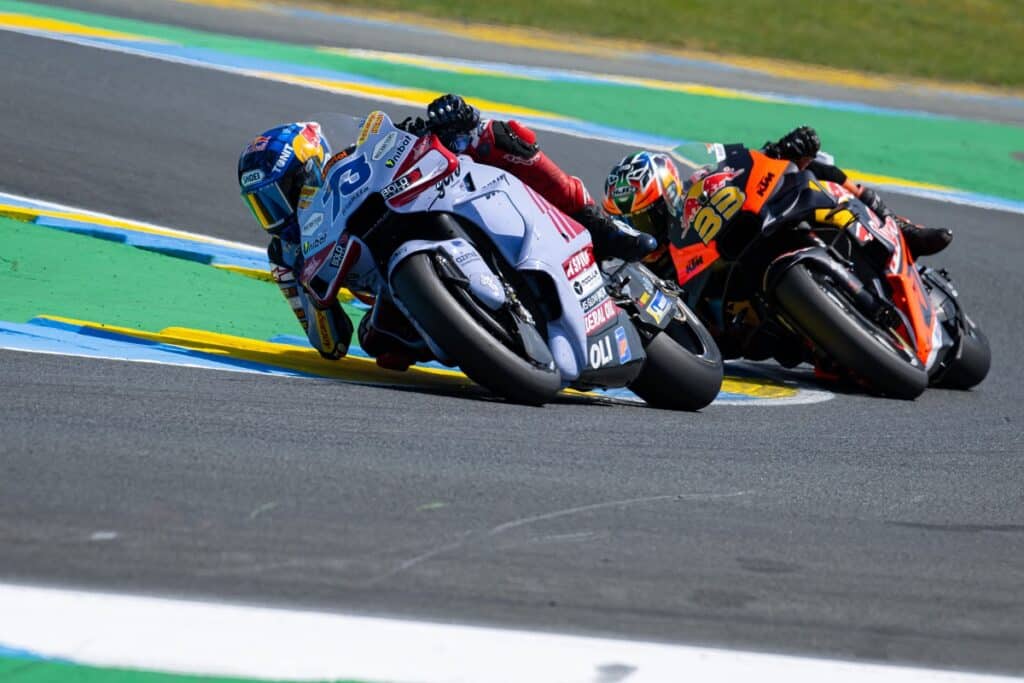
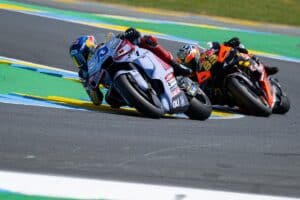
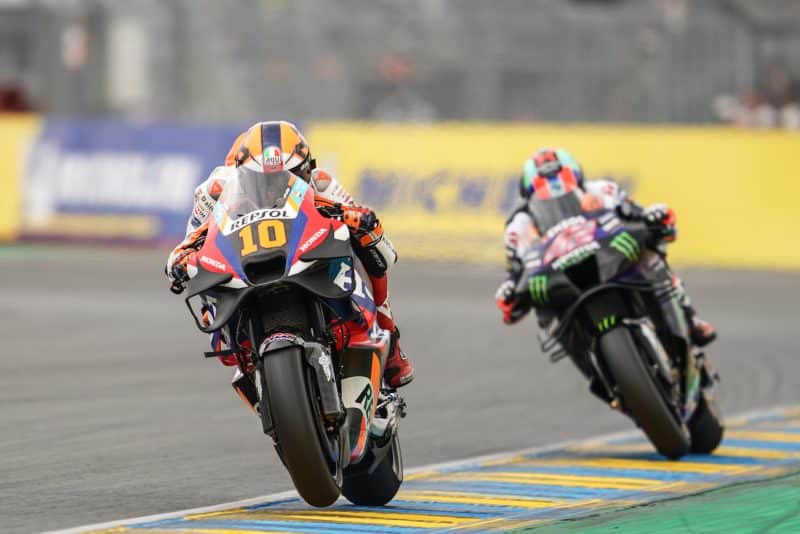
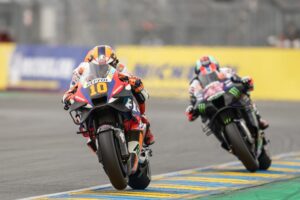
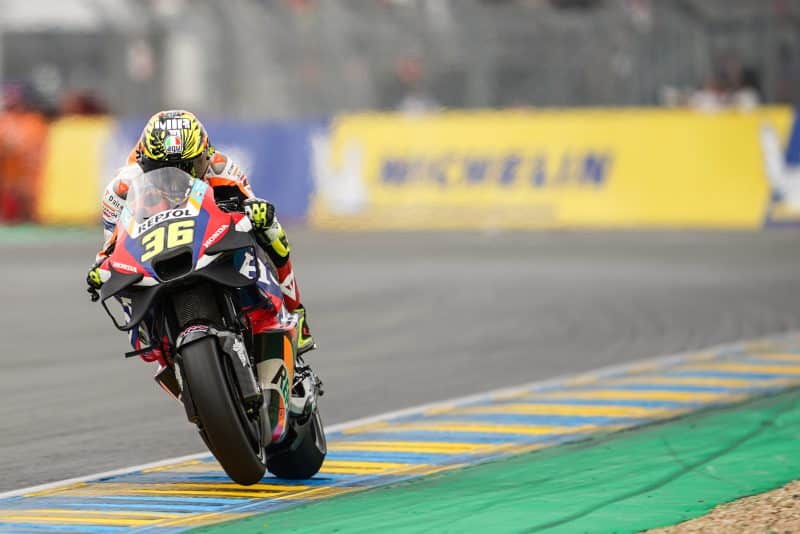
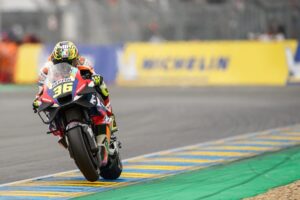













You must be logged in to post a comment Login